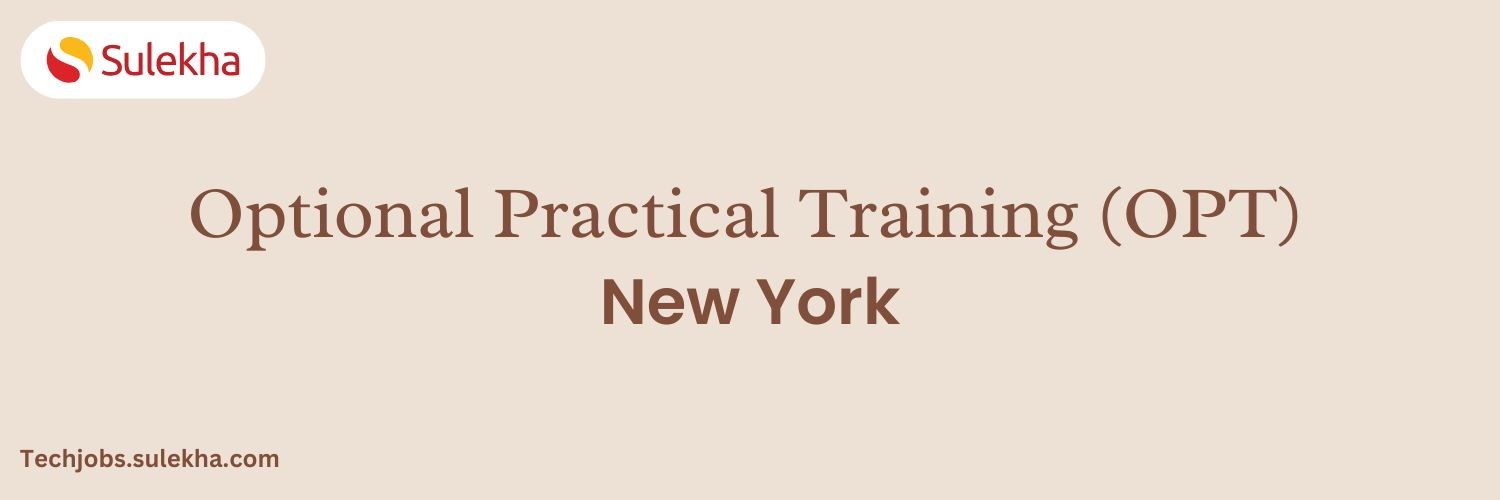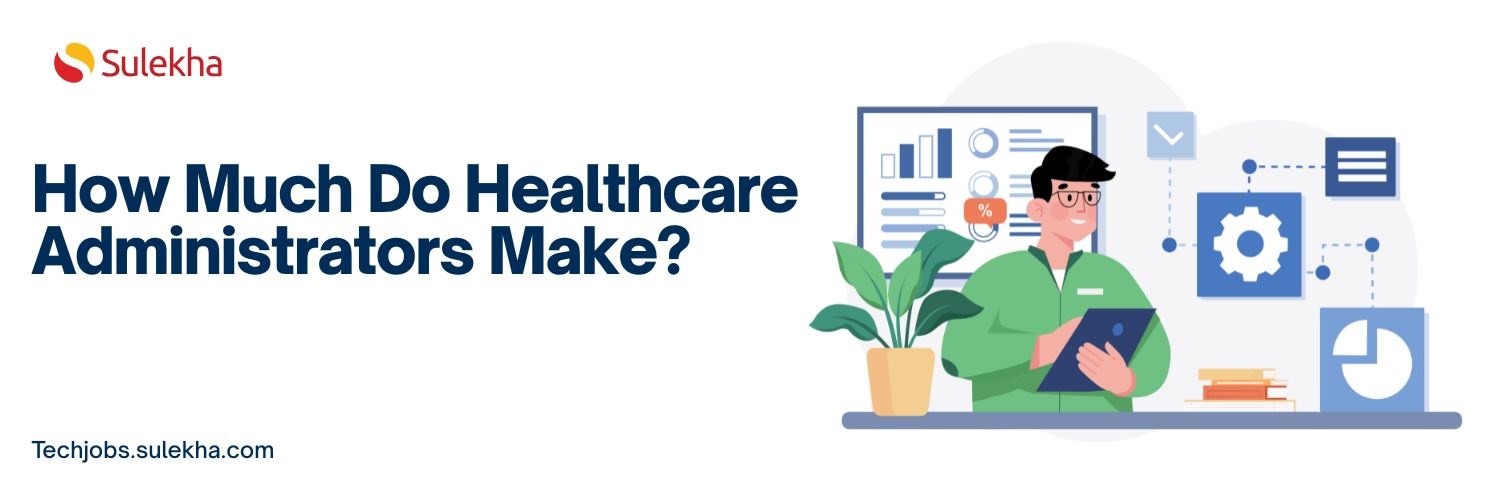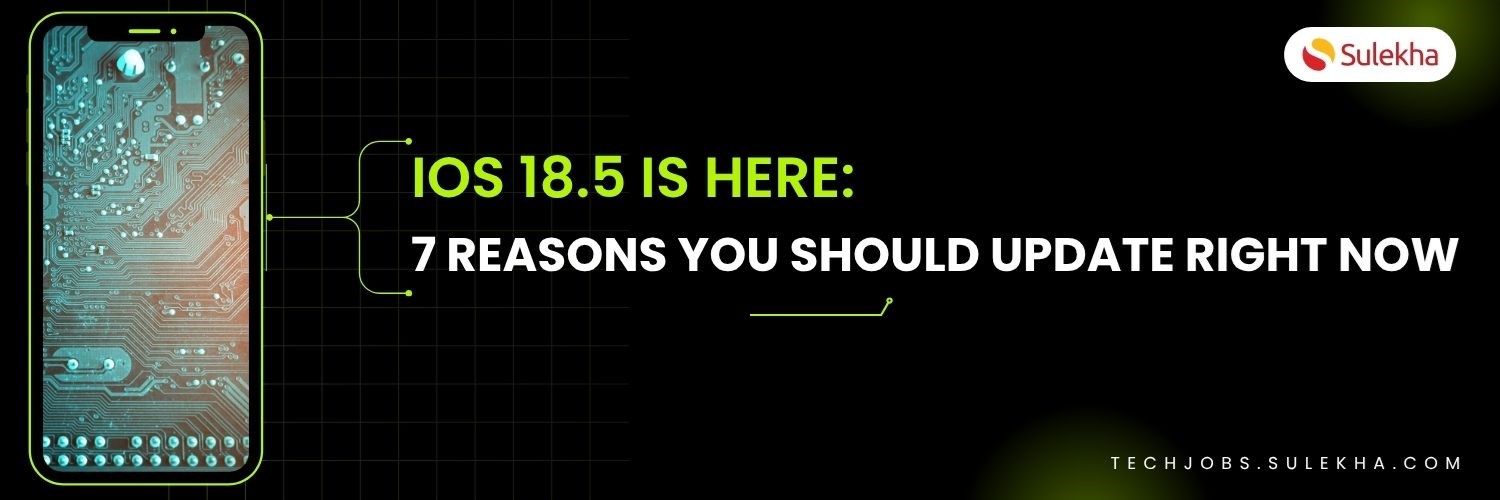
For international students studying in the United States, Curricular Practical Training (CPT) offers valuable opportunities to gain real-world experience through internships and other work-based learning experiences. However, circumstances may change, and students may find themselves no longer working on CPT training for various reasons. This guide explores what international students should do if they're no longer working on CPT, providing helpful advice and resources to navigate this transition effectively.
Understanding Curricular Practical Training (CPT)
Before delving into what to do if you're no longer working on CPT, let's briefly review what CPT entails. The CPT program allows international students with F-1 visa status to gain practical work experience in their field of study while still enrolled in a degree program. This can include internships, co-op programs, or other employment forms integral to the curriculum and directly related to the student's academic program.
Immediate Actions
1. Inform Your DSO: Your institution's Designated School Official (DSO) manages your immigration records. When your CPT ends, notify them in writing (email is acceptable). This helps them update your SEVIS record and ensures accurate information reflects your current status.
2. Update Your Employment Record: If you're still in active CPT status, even if you're not actively working, you must report your zero hours worked to your DSO through the designated system. This maintains your compliance with SEVIS regulations.
3. Consider Your Options:
· Return to Full-Time Studies: Focus on your academic program by enrolling in the required number of credits for full-time status (usually 12).
· Explore OPT: Optional Practical Training allows post-completion work authorization. Speak to your DSO to understand eligibility and application procedures.
· Seek New CPT: If your program allows further CPT experiences, discuss possibilities with your DSO and academic advisor.
· Prepare for Graduation: If nearing completion, connect with career services and start job hunting.
Working without authorization or violating CPT rules can jeopardize your F-1 status and future immigration endeavors. Always consult your DSO for clarity and guidance.
Maximizing Your CPT Experience
· Understand Your Status: First and foremost, it's essential to understand your immigration status and any implications of no longer working on CPT. Consult with your designated school official (DSO) or an immigration advisor for guidance on how this change may affect your F-1 visa status and plans.
· Explore Alternative Opportunities: While your CPT employment may have ended, explore other opportunities for gaining practical experience or employment related to your field of study. This could include seeking new internships, volunteer opportunities, or part-time jobs aligning with your career goals.
· Consider OPT or STEM OPT: If eligible, consider applying for Optional Practical Training (OPT) or STEM OPT Extension. OPT allows F-1 students to work in their field of study for up to 12 months after completing their academic program. STEM OPT Extension provides an additional 24 months of work authorization for students in STEM fields.
· Reflect on Your Learnings: Analyze the skills and knowledge gained during your CPT. Update your resume and highlight accomplishments in interviews.
· Maintain Connections: Network with colleagues, supervisors, and mentors. These connections can provide valuable job recommendations or industry insights.
· Seek Feedback: Ask your supervisor for feedback on your performance. Use this to improve your skills and future work experiences.
Transitioning from CPT
· Start Early: Don't wait until your CPT ends to plan your next steps. Research different pathways and connect with relevant resources early on.
· Utilize Career Services: your University’s career services can help with resume writing, interview skills, and job searching tailored to your field and visa status.
· Network Actively: Attend career fairs, industry events, and alumni gatherings. Expand your professional network and explore potential opportunities.
· Understand OPT Rules: If transitioning to OPT, thoroughly understand the application process, timelines, and limitations to avoid delays or complications.
Eligibility
· CPT is integral to your major, and the experience must be part of your program of study.
· When you enroll at the graduate level, your designated school official (DSO) may authorize CPT during your first semester if your program requires this experience. Ask your DSO for details.
· Your DSO will provide you with a new Form I-20, “Certificate of Eligibility for Nonimmigrant Student Status,” that shows that the DSO has approved you for this employment.
· You can work on CPT either full-time or part-time.
· CPT requires a signed cooperative agreement or a letter from your employer.
· If you have 12 months or more of full-time CPT, you are ineligible for OPT, but part-time CPT is fine and will not stop you from doing OPT.
Transitioning out of CPT employment can be a significant change for international students, but it's essential to approach it with a proactive mindset and a clear plan of action. By understanding your options, exploring alternative opportunities, and staying informed about immigration regulations, you can navigate this transition effectively and continue progressing on your academic and career journey.
Choose a training provider to learn IT courses
Java training | J2EE training | J2EE Jboss training | Apache JMeter trainingTake the next step towards your professional goals in Information Technology
Don't hesitate to talk with our course advisor right now
Receive a call
Contact NowMake a call
+1-732-338-7323Related blogs on General to learn more

Valuable real-world experience and career opportunities in U.S.
Gaining real-world experience in the United States can be incredibly valuable for your career. It is important to obtain practical experience while studying or working in the United States. Pursuing career opportunities in the United States can signi

Steps to be taken when Optional Practical Training (OPT) comes to an end
OPT means Optional Practical Training especially for those students who are enrolled or about to complete their degree in the United States of America and can work either during their vacation or leave term or even after completion of their course an

Optional Practical Training (OPT) is employment provided by Sponsors
OPT means Optional Practical Training especially for those students who are enrolled or about to complete their degree in the United States of America and can work either during their vacation or leave term or even after completion of their course an

Optional Practical Training (OPT) for students to experience their learning practically
What do you mean by OPT?Optional Practical Training (OPT) can indeed be a critical step towards building your professional career in the United States.

Optional Practical Training (OPT), the next step towards your profession
What do you mean by OPT?Optional Practical Training (OPT) can indeed be a critical step towards building your professional career in the United States.

90 Day limitation on unemployment during OPT
What do you mean by OPT?OPT means Optional Practical Training especially for those students who are enrolled or about to complete their degree in the United States of America and can work either during their vacation or leave term or even after compl

Mandatory Online Tutorial before applying for OPT
What are the mandatory online tutorial before applying for OPT?Many universities require students to complete a mandatory online tutorial before applying for OPT. This tutorial typically covers important information about the OPT application process,

Opportunity for F-1 Students to gain valuable work
What do you mean by F-1 students?F-1 students are international students who come to the United States to pursue academic studies or language training programs at accredited U.S. colleges, universities, or other educational institutions.

Optional Practical Training (OPT) - Texas
Explore OPT in Texas, covering application timelines, work requirements, and key details on STEM extensions and travel considerations for F-1 students.

Optional Practical Training (OPT) - New York
Learn about Optional Practical Training (OPT) in New York, including eligibility, application process, duration, and key reporting requirements for F-1 students.
Latest blogs on technology to explore

Understanding Artificial Intelligence: Hype, Reality, and the Road Ahead
Explore the reality of Artificial Intelligence (AI) — its impact, how it works, and its potential risks. Understand AI's benefits, challenges, and how to navigate its role in shaping industries and everyday life with expert training programs

How Much Do Healthcare Administrators Make?
Discover how much healthcare administrators make, the importance of healthcare, career opportunities, and potential job roles. Learn about salary ranges, career growth, and training programs with Sulekha to kickstart your healthcare administration jo

How to Gain the High-Income Skills Employers Are Looking For?
Discover top high-income skills like software development, data analysis, AI, and project management that employers seek. Learn key skills and growth opportunities to boost your career.

What Companies Expect from Product Managers in 2025: Skills, Tools, and Trends
Explore what companies expect from Product Managers in 2025, including essential skills, tools, certifications, and salary trends. Learn how to stay ahead in a rapidly evolving, tech-driven product management landscape.

Breaking Into AI Engineering: Skills, Salaries, and Demand in the US
Discover how to break into AI engineering with insights on essential skills, salary expectations, and rising demand in the US. Learn about career paths, certifications, and how to succeed in one of tech’s fastest-growing fields.

Cybersecurity Training: Powering Digital Defense
Explore top cybersecurity training programs in the USA to meet rising demand in digital defense. Learn about certifications, salaries, and career opportunities in this high-growth field.

Why Pursue Data Science Training?
Empower your career in a data-driven world. Learn why data science training is crucial for high-demand jobs, informed decisions, and staying ahead with essential skills.

What Does a Cybersecurity Analyst Do? 2025
Discover the vital role of a Cybersecurity Analyst in 2025, protecting organizations from evolving cyber threats through monitoring, threat assessment, and incident response. Learn about career paths, key skills, certifications, and why now is the be

Artificial intelligence in healthcare: Medical and Diagnosis field
Artificial intelligence in healthcare: Medical and Diagnosis field

iOS 18.5 Is Here: 7 Reasons You Should Update Right Now
In this blog, we shall discuss Apple releases iOS 18.5 with new features and bug fixes